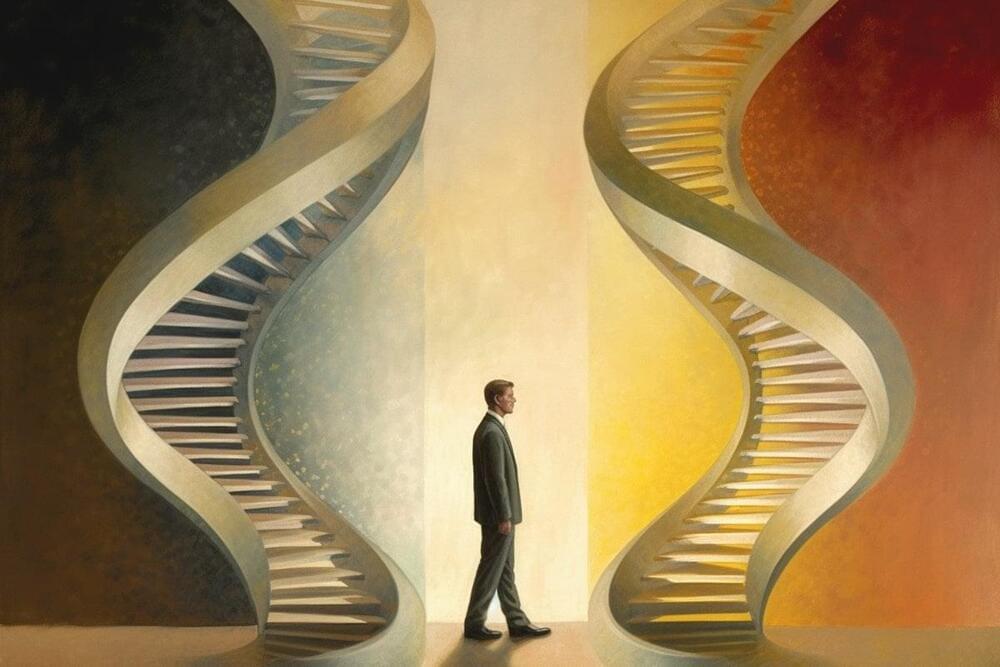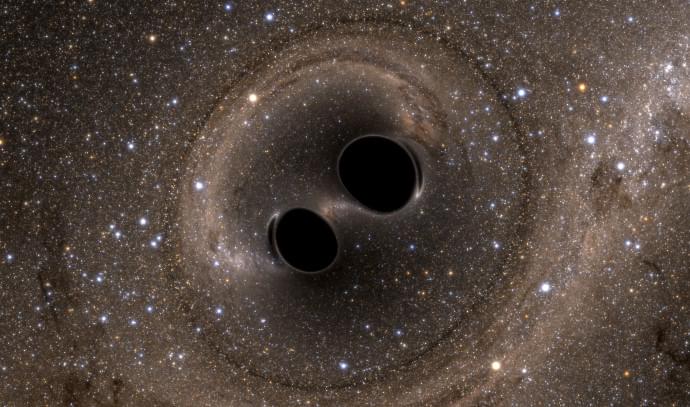With AI chatbots’ propensity for making things up and spewing bigoted garbage, one firm founded by ex-OpenAI researchers has a different approach — teaching AI to have a conscience.
As Wired reports, the OpenAI competitor Anthropic’s intriguing chatbot Claude is built with what its makers call a “constitution,” or set of rules that draws from the Universal Declaration of Human Rights and elsewhere to ensure that the bot is not only powerful, but ethical as well.
Jared Kaplan, a former OpenAI research consultant who went on to found Anthropic with a group of his former coworkers, told Wired that Claude is, in essence, learning right from wrong because its training protocols are “basically reinforcing the behaviors that are more in accord with the constitution, and discourages behaviors that are problematic.”







